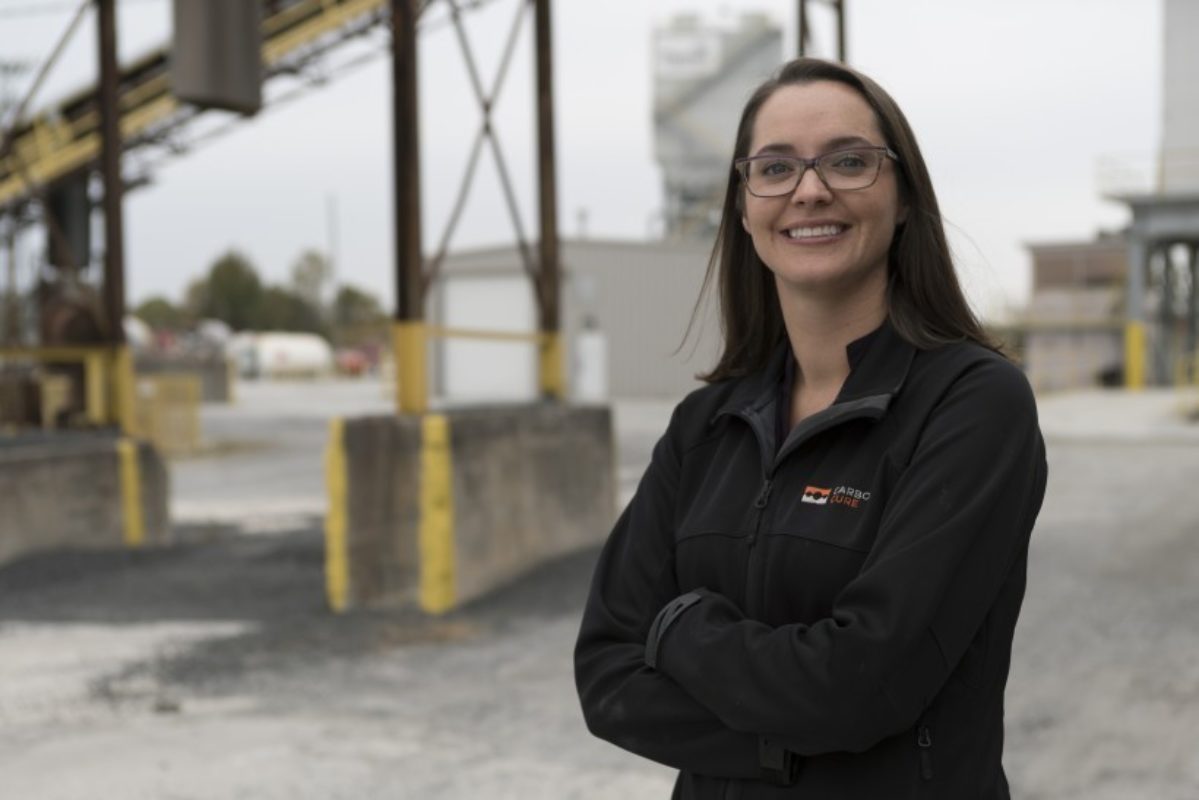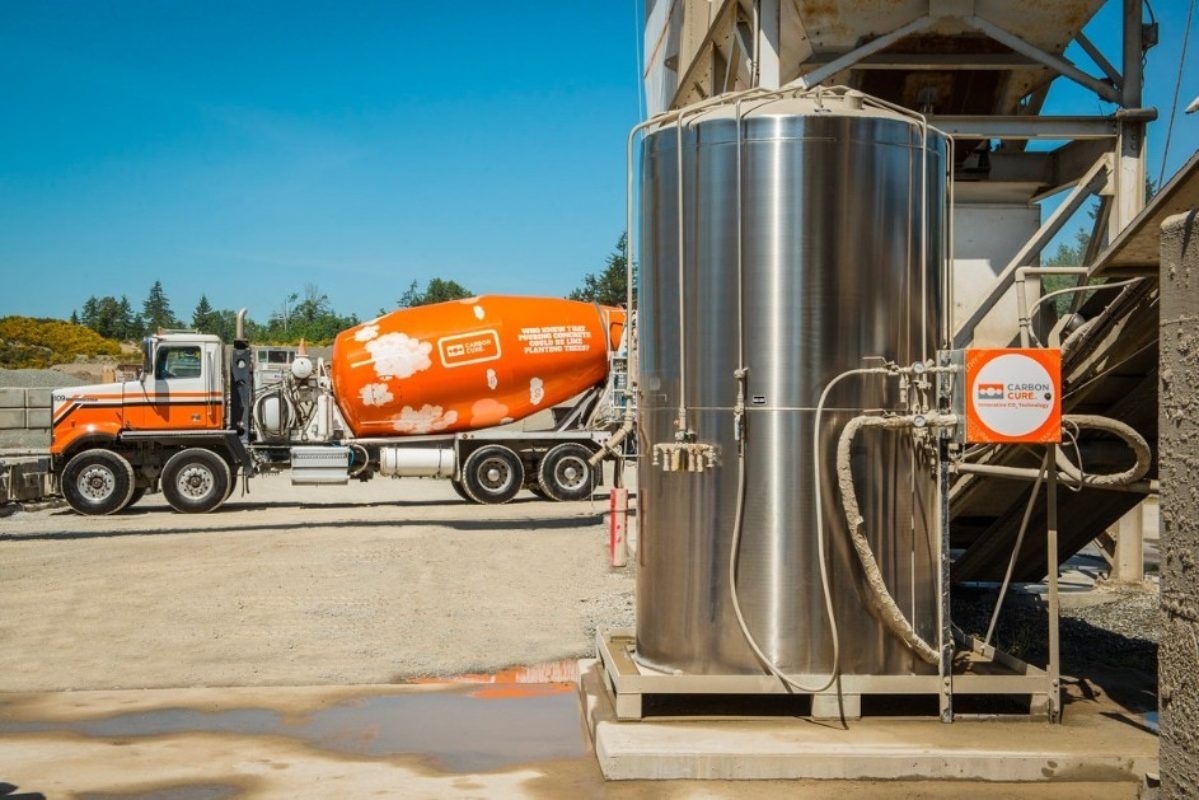Halifax Cleantech Company CarbonCure can now say it Occupies the Same Rarefied Air as Aviation Pioneer Charles Lindbergh
May 25, 2021
By Avery Mullen
Lindbergh, who completed the first transatlantic flight in 1927, won the inaugural Orteig Prize, a competition to see who could be the first to fly across the Atlantic Ocean. Close to a century later, CarbonCure has won US$8 million from that competition’s descendant, the Carbon XPRIZE, which sought the best companies in the world in finding uses for carbon.
When Lindbergh won the Orteig Prize, he helped spawn an industry: transatlantic air travel. And now, CarbonCure similarly finds itself at the forefront of the nascent carbon-utilization industry.
The company, founded in 2012 and based in Burnside, licenses out its technology, which cures concrete by injecting it with carbon dioxide. The carbon reacts with calcium ions in the cement and forms calcium carbonate, which dramatically strengthens concrete. More recently, it has developed a new income stream by selling carbon credits to major tech companies, such as Microsoft and Stripe. It’s part of a whole new industry called carbon removal.
“Climate change is like a bathtub with the taps on full-steam. We need to turn off the tap – that’s the most important thing,” said CarbonCure President Jennifer Wagner in a 2020 interview with Entrevestor. “The second thing you need to do is to drain the tub, and that’s carbon removal. Pull it out of the air and do something with it, either utilization or sequestration. . . . Sequestration doesn’t create value. The utilisation space width creates value – that’s what we do.”
CarbonCure shared the XPRIZE with Los Angeles’ CarbonBuilt. The two beat out 33 other shortlisted competitors, all of which specialized in carbon capture and storage. The competition lasted about five years, beginning in 2015 and ending with the announcement of the winners in April. Entrants were judged based on their ability to store carbon and the economic value they created.

“I think that’s one thing that makes our company quite unique is that we offer technology that’s not only good for the environment but is also good for the economy, as well,” said Wagner in a recent podcast interview with Huddle. Today Editor Mark Leger. “And I think that’s one of the reasons why we’ve scaled up so quickly.”
Key to CarbonCure’s economic value is that its process also stores carbon emissions in a way that is more durable than other sequestration schemes, which allows it to sell carbon credits at prices above the market average.
In 2019, ProPublica used satellite images to track the success of a major tree-planting project that had been selling carbon credits. About half of the supposedly forested land, against which credits had been sold, was actually not treed. The same researcher found similar results at other large tree-planting sites, revealing a pattern of companies overestimating how much pollution they were storing.
Concrete, though, offers a much more reliable storage medium. Buildings and sidewalks are not as prone to removal as a forest. Even if CarbonCure concrete is later damaged or broken up, the chemical reaction that converts the carbon dioxide into calcium carbonate cannot be easily reversed.
Selling carbon credits to clients that include payment processing giant Stripe has become a core part of CarbonCure’s business. The credits’ value is bolstered by the fact that customers give CarbonCure the right to use computer technology to monitor when and how much their carbon injection equipment is used. According to Wagner last year, the deal with Stripe suggested a market value for CarbonCure’s credits of about US$100 per tonne.
In 2020, CarbonCure sequestered 50,000 tonnes of carbon dioxide – a record for the company, and a key milestone towards its goal of storing a billion tonnes of carbon a year by 2030.
To meet that goal, Wagner and her team will need to keep expanding. The US$10 billion Canadian concrete market, and US$60 billion American market have propelled much of CarbonCure’s growth so far, but the next step will be a move into Europe and Asia.

Unlike in North America, where CarbonCure is permitted under existing building standards, regulatory approvals will be needed in Europe. Last year, the German government gave its blessing, and Wagner said at the time that had paved the way for a broader expansion.
That expansion will be backed by a roster of heavy-hitting investors. CarbonCure shareholders include Breakthrough Energy Ventures (whose backers include Bill Gates, Jeff Bezos and other billionaires), Amazon’s Climate Pledge Fund and Microsoft.
“Achieving a net zero carbon future requires developing innovative new technologies to address carbon emissions across industries,” said Brandon Middaugh, Director of Microsoft’s Climate Innovation Fund. “Solutions like CarbonCure help to reduce carbon emissions from the concrete industry, which is a large producer of carbon, and help us meet our goal to be carbon negative by 2030.”